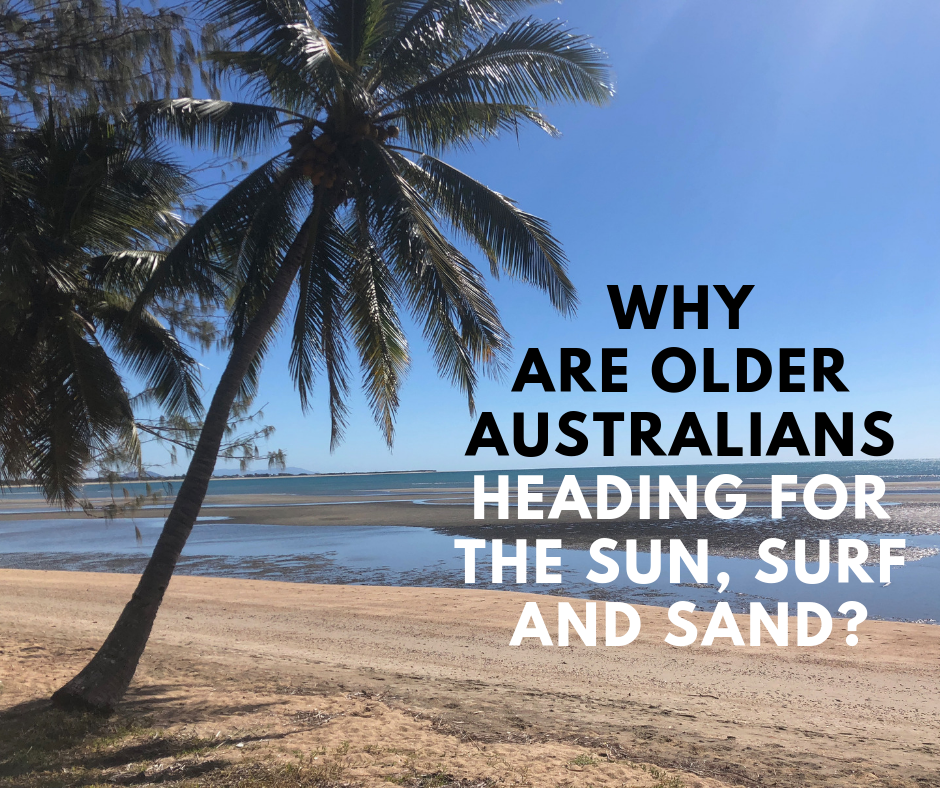Young Australians continue to leave regional areas and cities like Hobart and Adelaide in droves – the latest population statistics show.
Enlarge

(Source: ABS)
The quarterly ABS report, Regional Population by Age and Sex, shows Hobart has the highest median age at 39.8 years, while Tea Gardens in NSW has the oldest population.
The youngest suburb in the country is Acton in the ACT, due to its popularity with university students. But the greatest concentration of young people can be found in the centre of Sydney and Melbourne – where there are more jobs.
Dr Lisa Denny is an experienced demographer at the University of Tasmania’s Institute for the Study of Social Change.
She says that while Tasmania has had the fastest growing population in Australia since the Global Financial Crisis (GFC), it’s the composition of the state that matters. Factors like emigration and immigration, and tertiary study and job options, can lead to fluctuations.
Dr Denny spoke to Hatch about the changing shape of Australia’s population.
Why are there mostly older people in coastal areas?
Young people leave [coastal regions] and older people move there – however trends are changing.
Enlarge

(Source: ABS)
Why do younger Australians live closer to the city?
To pursue education and employment opportunities.
Why does Darwin have the youngest median age of any Australian capital?
Because the indigenous population and employment opportunities [are] predominantly male and trade based.
Do you expect these trends to remain unchanged?
There appears to be a change occurring but it is uncertain if it is a once-off anomaly, or [if] infrastructure and services will need to change to adapt. The Australian Government has implied it will be developing a population strategy for the country and will review migration programs, so it is uncertain at this stage.
How well we understand how and why populations change, can effectively contribute to planning and investment in age-appropriate infrastructure, services and amenities.
For more information on Australia’s population, visit the Australian Bureau of Statistics – @SharmaaAnkitaa


